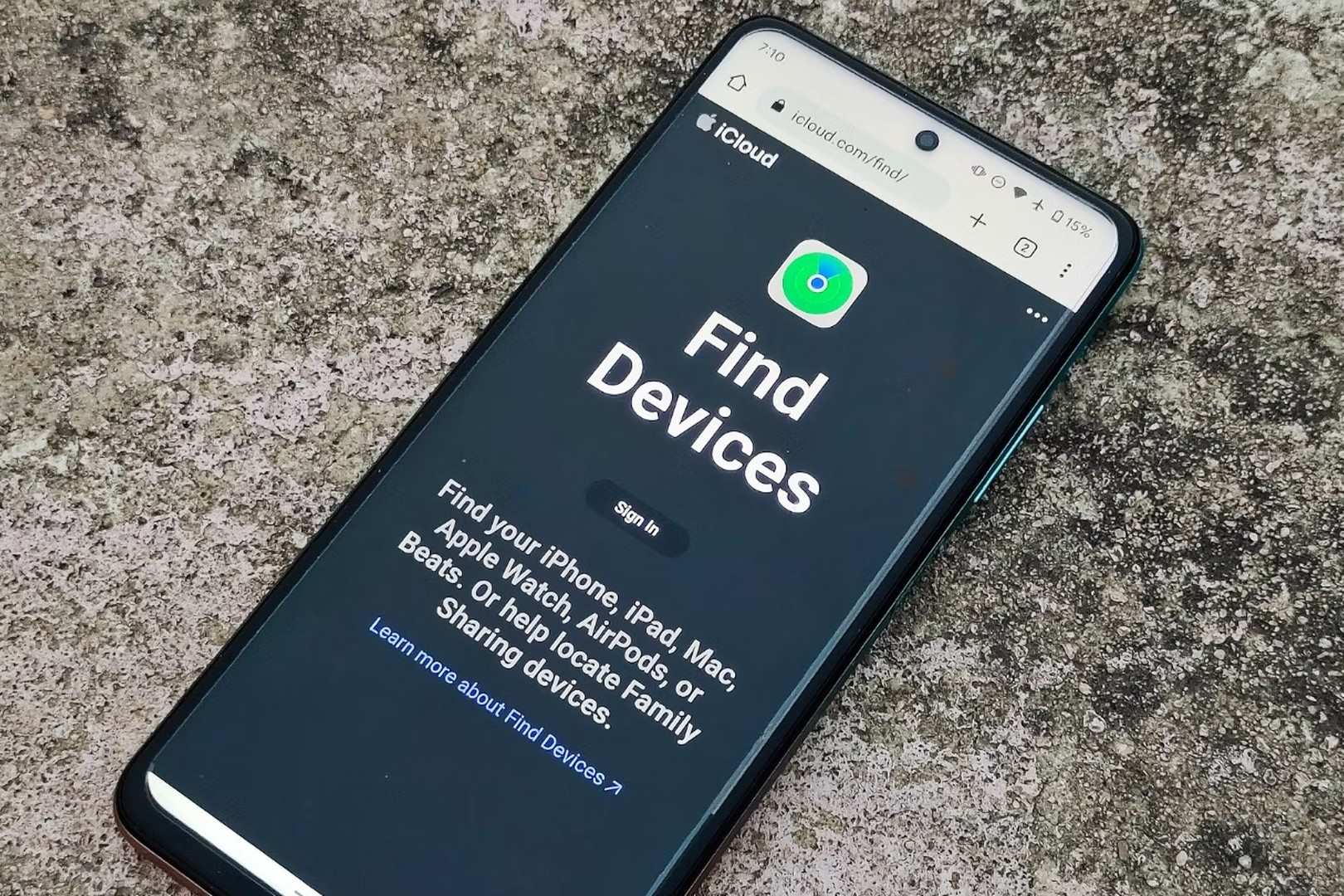
What You Need and Device Compatibility
Before starting, ensure you meet the following requirements:
- iCloud Account: An active Apple ID linked to the iPhone is essential for accessing Find My iPhone.
- Internet Connection: Both devices must be connected to the internet for accurate location tracking.
- Find My iPhone Enabled: On your iPhone, go to Settings > [Your Name] > Find My > Find My iPhone and turn it on.
- Web Browser: Use any modern browser like Chrome, Firefox, or Edge on your Android device.
- iOS Version: Your iPhone should run iOS 13 or later for optimal compatibility.
- Location Services: Ensure location services are enabled on your iPhone. Go to Settings > Privacy > Location Services and turn it on.
Steps to Locate Your iPhone
Locating your iPhone using an Android device involves a few straightforward steps:
- Open a Browser: Start by opening a web browser on your Android device.
- Visit iCloud.com: Navigate to iCloud.com using the address bar.
- Log In with Your Apple ID: Enter your Apple ID and password to access your account.
- Tap on "Find iPhone": Click on "Find iPhone" from the iCloud dashboard.
- Select Your Device: Choose your iPhone from the list of devices associated with your Apple ID.
- Choose an Action: Options include:
- Play Sound: Emits a loud noise from your iPhone, even if it's on silent mode.
- Lost Mode: Locks your device with a passcode and displays a custom message with a contact number on the lock screen.
- Erase iPhone: Deletes all data on your device to protect your personal information.
- Follow On-Screen Instructions: Complete the process based on the action chosen.
Tips for Using Find My iPhone from Android
Lost in the House
Using the "Play Sound" feature is often the most effective method for locating a misplaced iPhone within your home. Even if the device is on silent mode, it will emit a loud noise.
Stolen or Lost Outside
If you suspect theft or loss outside, activating "Lost Mode" is advisable. This setting locks your device with a passcode and displays a custom message with a contact number on the lock screen. It also tracks the phone's location, providing real-time updates.
Battery Concerns
Enable "Send Last Location" to address battery concerns. This setting sends the last known location of your iPhone to Apple when the battery is critically low. This can be particularly useful if you're unable to locate your device before it runs out of power.
Multiple Devices
If you have more than one Apple device, use the Find My app on another Apple device. This can be an iPad, MacBook, or even an Apple Watch. The Find My app provides a more comprehensive view of all your devices and allows for easier management.
No Apple Devices Nearby
If you don't have an Apple device nearby but need to locate your iPhone, access iCloud.com/find from any web browser on your Android device. Log in with your Apple ID to locate your iPhone.
Family Sharing
If you have Family Sharing set up, you can use Find My iPhone to locate family members' devices. This is particularly useful for keeping track of kids' phones and ensuring their safety.
Privacy Concerns
Regularly check your Find My settings to ensure only trusted devices and people can see your location. This keeps your information secure and prevents unauthorized access.
Remote Erase
If you believe your iPhone is permanently lost or stolen, use the "Erase iPhone" feature. This deletes all data on your device to protect your personal information.
Regular Updates
Keep your iPhone's software up to date. New updates often include security improvements that can help protect your device from potential threats.
Backup
Regularly back up your iPhone to iCloud or a computer. This ensures you won't lose important data if you need to erase your device.
Comparing Alternatives
Apple’s Find My iPhone works best within its own ecosystem. While alternative methods for tracking devices across different platforms exist, such as Google's Find My Device for Android devices, these alternatives may not offer the same level of integration and security as Apple's ecosystem.
Troubleshooting Find My iPhone Issues
Sometimes, issues may arise when using Find My iPhone. Here are some common problems and their solutions:
- Device Not Showing Up: Ensure that Find My iPhone is enabled on your device and that you have a stable internet connection.
- Incorrect Location: Check if location services are enabled on your iPhone and that it has the necessary permissions.
- Browser Issues: Try using a different web browser or clearing the cache and cookies of the current browser.
- Account Issues: Verify that you are using the correct Apple ID and password.
By following these steps and tips, you can effectively use Find My iPhone from an Android device to locate your Apple device. Regularly check your settings and keep your software updated for optimal performance and security.
